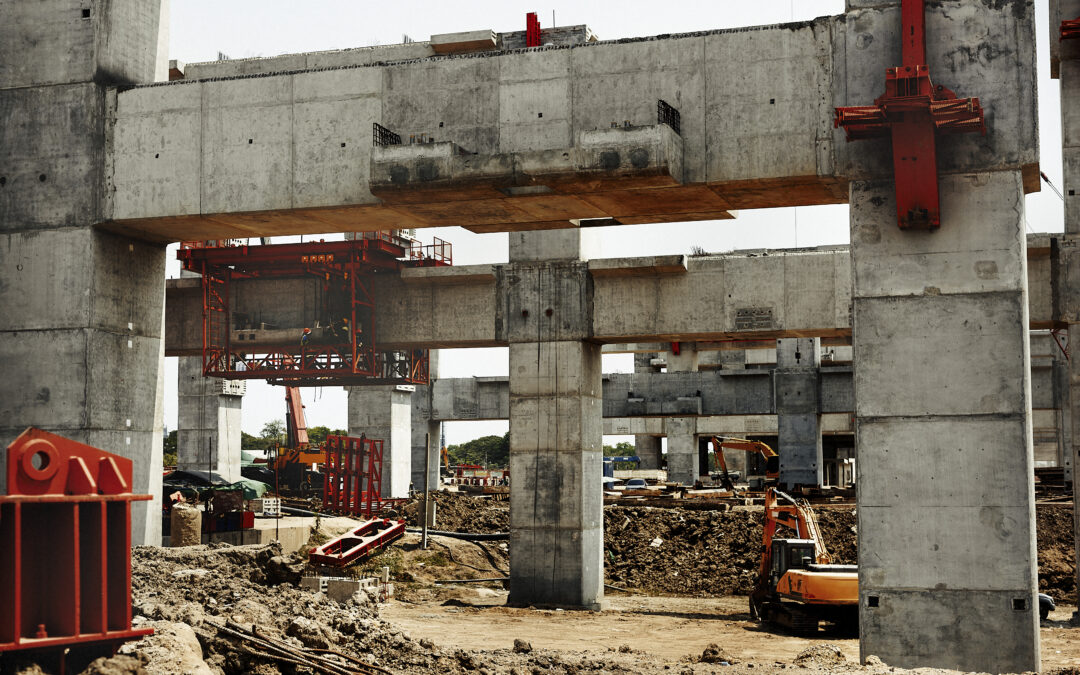Construction and demolition recycling refers to the process of collecting, sorting, and processing materials generated from construction, renovation, demolition, and deconstruction projects. The primary goal of C&D recycling is to divert as much waste as possible from landfills and incinerators, while simultaneously recovering valuable materials for reuse, recycling, or repurposing. This reduces the environmental impact of construction. It also reduces demolition activities, but can also save resources and energy.
Key components of Construction and Demolition Recycling include:
- Material Collection: The first step involves collecting C&D waste materials such as wood, concrete, asphalt, metals, gypsum, insulation, roofing materials, plastics, and more. These materials are typically generated during the construction, renovation, or demolition of buildings and infrastructure.
- Sorting and Separation: Once collected, the materials are sorted and separated at recycling facilities. This process involves the use of machinery, manual labor, and technology to categorize the materials into different groups. Common sorting methods include magnets for ferrous metals, air classifiers for lightweight materials, and screens for size separation.
- Recycling and Repurposing: After sorting, the materials are sent for recycling or repurposing. Many C&D materials can be reused directly in construction projects. Additionally, others can be turned into new products. For example, concrete and asphalt can be crushed and reused as aggregates. Wood can be used for mulch or biomass. Metal can be melted down for new products.
- Waste Disposal: Any materials that cannot be recycled or repurposed are disposed of in an environmentally responsible manner. This can typically be done at a landfill or waste-to-energy facility.
Benefits of C&D recycling include:
- Waste Reduction: C&D recycling helps reduce the volume of waste sent to landfills. It helps conserve landfill space and reducing the environmental impact of waste disposal.
- Resource Conservation: Recycling materials like concrete, wood, and metals conserves natural resources. Besides, they also reduce the energy and emissions associated with mining and manufacturing new materials.
- Cost Savings: Recycling can be cost-effective compared to traditional disposal methods. It can also generate revenue through the sale of recycled materials.
- Environmental Impact Reduction: C&D recycling reduces the energy consumption and greenhouse gas emissions. These are associated with manufacturing and transporting new construction materials.
- Regulatory Compliance: Many areas have regulations and incentives that encourage or require C&D recycling, as a means of meeting sustainability goals and reducing the environmental footprint of construction and demolition activities.
C&D recycling programs vary by location and can be influenced by local regulations, market demand for recycled materials, and the availability of recycling facilities. These programs are an essential part of sustainable construction practices and contribute to the circular economy by extending the life of materials and reducing waste.
Contact Collier Recycling services is located in Naples, Collier County for more information please call (239) 352-7888

